Now, if someone were to spray stun gas through the keyhole of my front door, and I were to collapse on my sofa only to regain consciousness in a slightly kitsch 1960s serviced apartment, outside which lay an exquisite Italianate village, a stretch of sparkling coast, a startlingly cheery populace all speaking in RP accents and social order maintained by means of a gigantic white plastic ball bubbling out of the sea… well, to be frank, I’d be thrilled.
Patrick McGoohan’s Number Six, on the other hand, is seething about it from the start; and the film director Alex Cox, who sat watching The Prisoner as a 13-year-old in 1967, does a terrific job of giving a fresh interpretation to what must be the world’s most analysed television series.
Although Number Six, kidnapped and taken to the enigmatic Village, always insisted that he was not a number but a free man, he never got round actually to vouchsafing his name. And what really was this psychic conflict between him and an ever-changing array of authority figures going under the title of Number 2? Over the run of 17 episodes, the series teased and tantalised with clues about the Cold War, about the perversion of science, the boundaries and permeability of personal identity and the illusions that could be bred by both totalitarianism and liberty. There were way-out sci-fi sets, all plastic and purple lighting, set against the sumptuous background location of Portmeirion in north Wales.
Every week Number Six would face a new adversary — these figures were played by an array of the finest character actors, including Patrick Cargill, Mary Morris and George Baker. And each episode would end — after various twists, turns, action sequences, outbursts of surrealism and seeming escapes — with Number Six still trapped within the Village. It was Carnaby Street Kafka, with occasional nods to Samuel Beckett.
Cox’s winning skill is lovingly to take each episode apart in terms of themes and ideas while also relating the behind-the-scenes hair-pulling bust-ups. McGoohan had become Britain’s highest paid TV actor thanks to the early 1960s secret agent caper Danger Man; independent television’s great impresario Lew Grade had the confidence — and indeed foresight — to back his intense star when McGoohan outlined this labyrinthine new existentialist thriller where the hero was apparently defeated every week.
I had never realised The Prisoner was actually supposed to run for two series. Cox is very good at rebuilding the proper structure of the first run of 13 episodes — different to the order in which they were transmitted — and detailing McGoohan’s pyrotechnically loopy temper; the way directors were hired and then fired seemingly minutes later; the actor’s manic insistence on starring, writing, producing and directing; his decision to go off and make a Hollywood film in the middle of it all; and the series as a whole being wrapped up after four final episodes. But for Cox, those 17 episodes as a whole still count as the best television ever made.
Not only that, but it was madly prescient. Cox has many acute observations, among which are the way the series anticipated extraordinary rendition; the ubiquity of electronic surveillance; and even — pre-internet — how computerisation might distort education.
But most marvellously, Cox has answered the biggest question: what the blithering hell was it fundamentally all about? Those who recall the final episode — it featured a rocket, a raving Leo McKern, Alexis Kanner singing ‘Dem Bones’ and Number Six apparently escaping and making it back to his home in London — may also remember how infuriatingly arch and opaque it was. But Cox has solved it! Well, he has a very solid non-philosophical theory, and it is a very good one, and even when you stop and think ‘oh, but hold on…’ it is by some distance the most original of all the suggested solutions over the years. No spoilers!
And thanks to Cox, we also see that beneath it all is a story of an unsung 1960s hero: Lew Grade himself. He defended the series to hostile US executives, endured his star’s outbreaks of paranoid dottiness, and never failed to back McGoohan as an artist. So he was Number One all along.
On the show’s 50th anniversary, here is one more remarkable thing: the isolated Village, with its Penny Farthing motifs, its newspaper The Tally Ho! and its quaint little shops and tea rooms and slightly stylised good manners, is the purest vision of Brexit Heaven. Be seeing you!
Got something to add? Join the discussion and comment below.
Get 10 issues for just $10
Subscribe to The Spectator Australia today for the next 10 magazine issues, plus full online access, for just $10.
You might disagree with half of it, but you’ll enjoy reading all of it. Try your first month for free, then just $2 a week for the remainder of your first year.

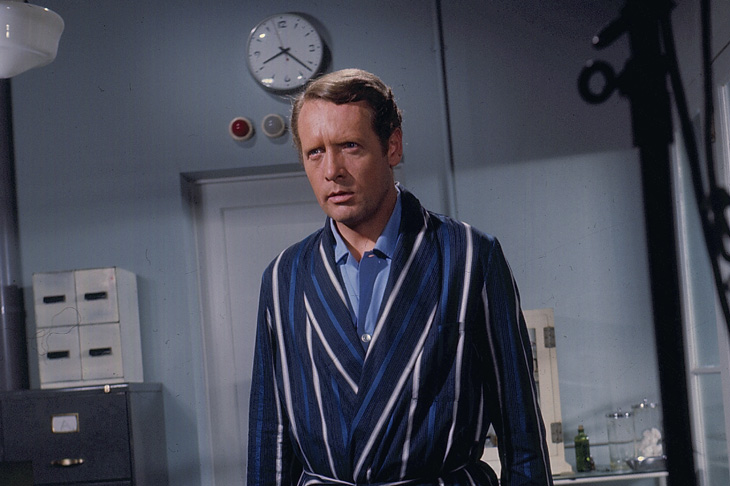
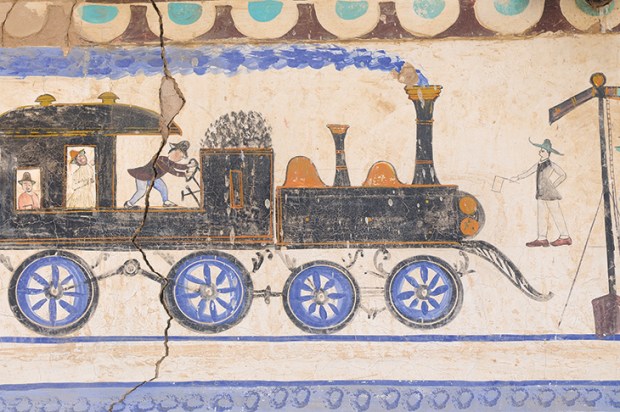
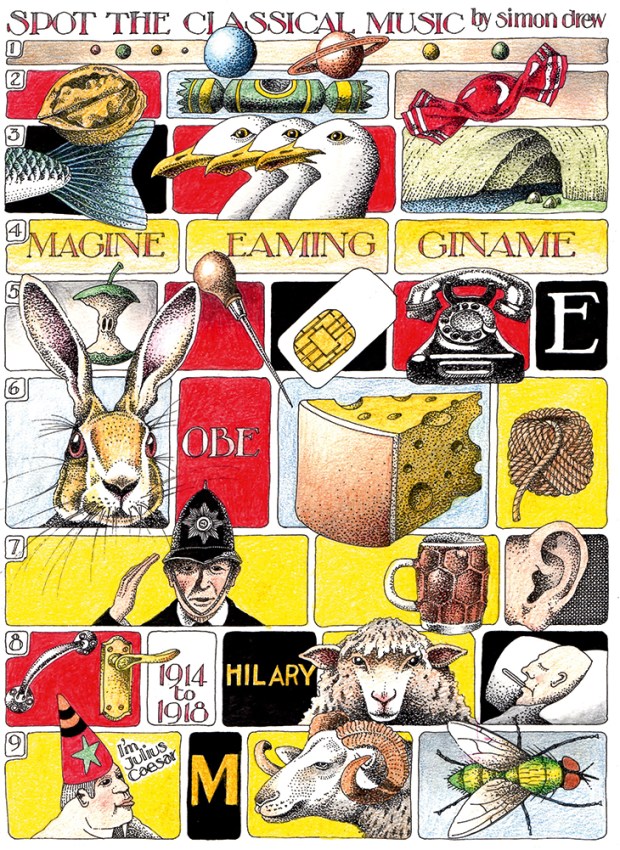
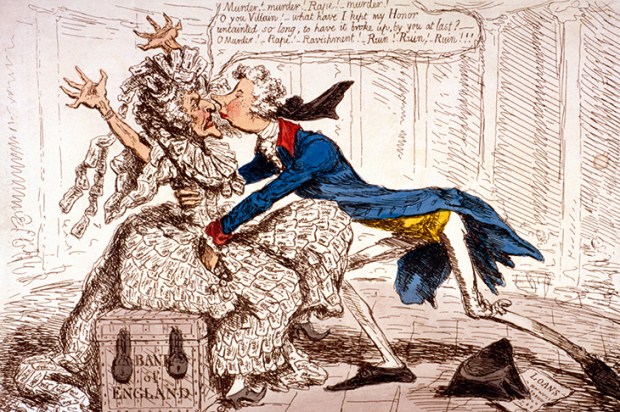
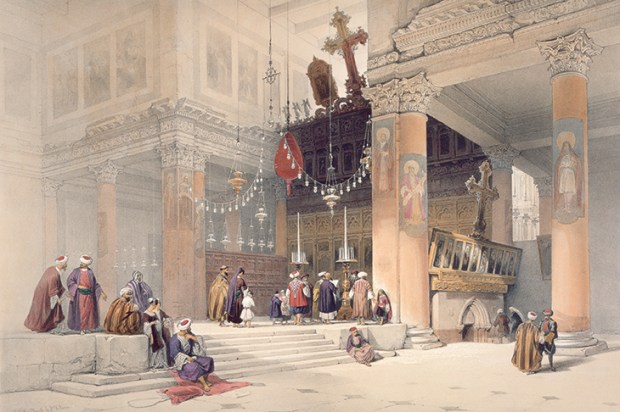

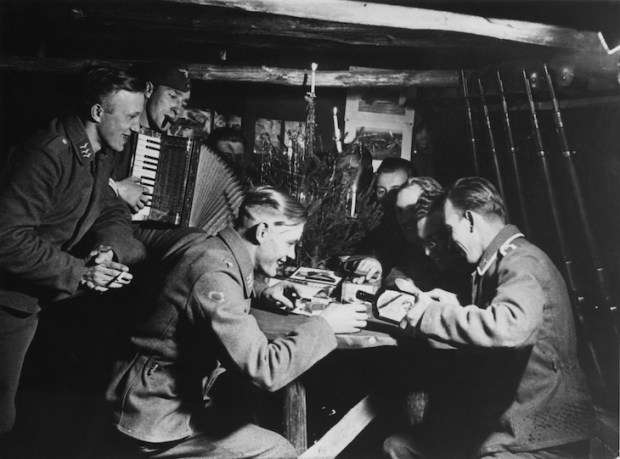






Comments
Don't miss out
Join the conversation with other Spectator Australia readers. Subscribe to leave a comment.
SUBSCRIBEAlready a subscriber? Log in